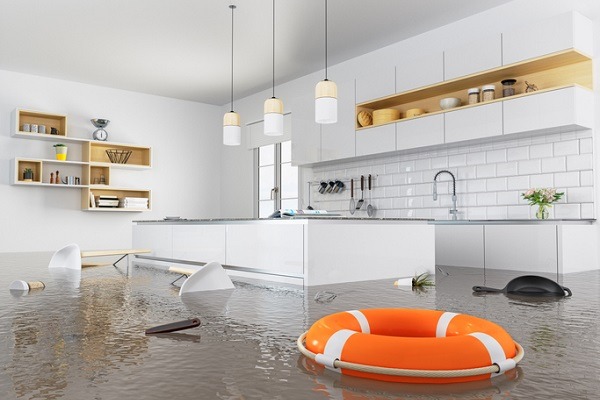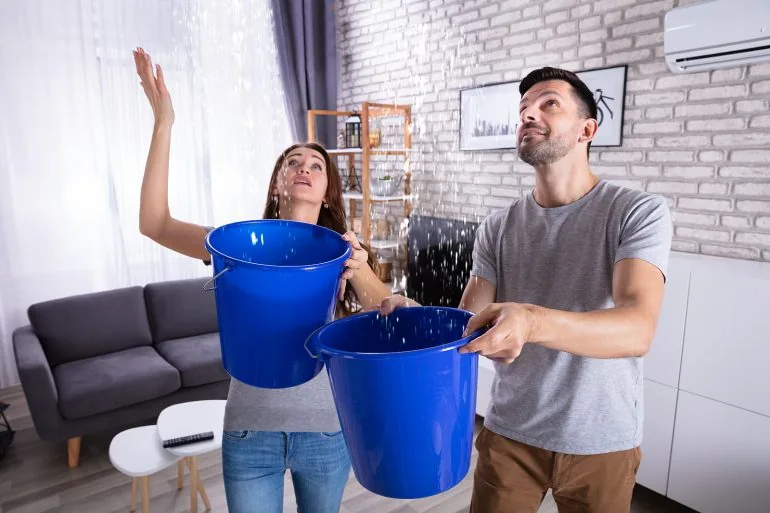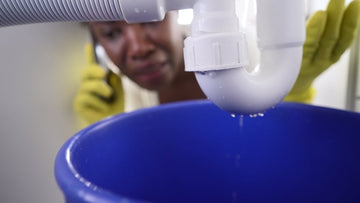In today's fast-paced world, cabin retreats offer a sanctuary for those seeking tranquility. However, the serenity of these cabins can be disrupted by an unanticipated guest: water leaks. For industries responsible for the maintenance and quality assurance of remote cabins, ensuring remote cabin leak protection is more vital than ever. Implementing effective leak detection systems helps prevent costly damages and preserve the serenity cabins promise.

Understanding the Importance of Leak Detection
Water leaks, especially in secluded environments like cabins, can easily go unnoticed until significant damage has occurred. This can lead to mold, structural damage, and increased repair costs. Incorporating leak sensors as part of a cabin's infrastructure not only secures its longevity but also maintains its livability and value.
Remote cabin owners and managers need to rely on both traditional and advanced technologies for detecting leaks. Investments in smart leak detection systems have proven to be effective. This technology allows for real-time monitoring and alerts, often mitigated through smartphone applications. For more insights, this guide on smart leak detectors can shed light on how these systems function.
Top Technologies in Leak Detection
One of the emerging trends within Industry QA is the rise of integrated leak sensor networks. This involves linking several devices in an interconnected web, providing coverage across large or multiple areas. You can learn more about the possibilities of such networks through a detailed article on multi-device networks.
Another innovative approach includes the use of surface mount leak alarms, which are both discreet and highly effective. As detailed in this surface mount guide, these alarms are particularly beneficial for areas prone to slow leaks, like beneath floorboards or around water heaters.
Preventative Measures for Cabin Owners
While technology plays a significant role, owners and managers must be vigilant about maintenance practices. This includes regular inspections, especially in areas prone to leaks such as under sinks, around windows, and alongside gutters.
The use of eco-friendly water sensors, featured in this article, is recommended for those concerned with sustainability. These sensors not only help in detecting leaks but are designed to reduce the environmental impact of monitoring devices.
Creating a Smart, Secure Environment
Combining physical and digital leak protection strategies yields the best results. Smart home technologies have now expanded into cabin retreats, offering advanced monitoring and control systems that ensure the security of these remote properties.
For information on establishing such systems, this informative piece about a smart irrigation leak sensor highlights how to maintain these secluded habitats efficiently without constant physical presence.

FAQ
What is the best way to detect leaks remotely in a cabin?
Implementing smart leak detection systems is highly recommended. These systems are capable of real-time monitoring and sending alerts to your phone, allowing for quick action.
Are traditional detection methods still viable?
Yes, traditional methods, such as regular inspections, are still important. They can be complemented by modern technologies to enhance leak protection.
How often should leak sensors be checked?
Regular maintenance and checks should be conducted every 6 months, or immediately after receiving alerts of potential leaks.






